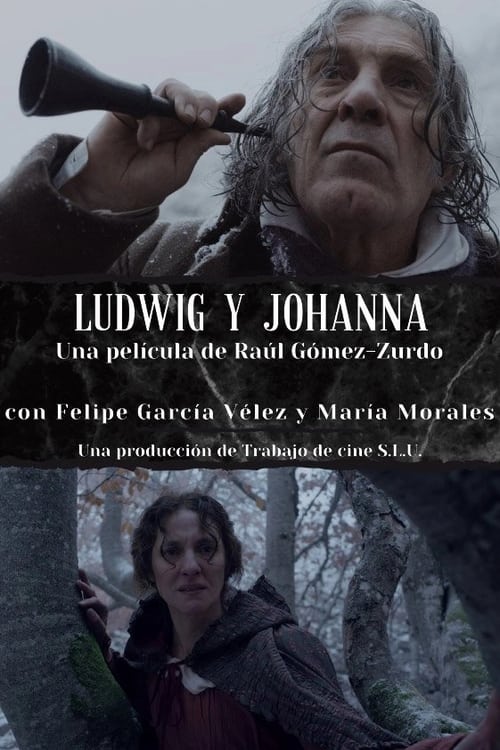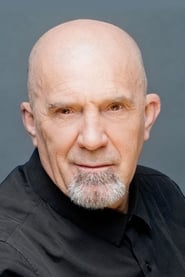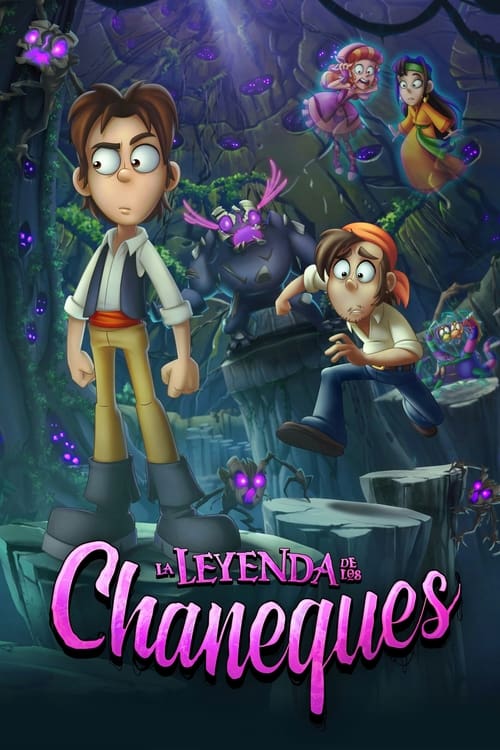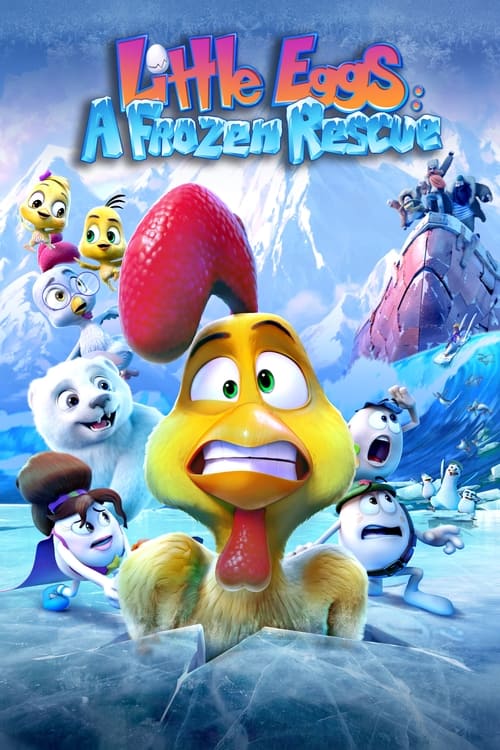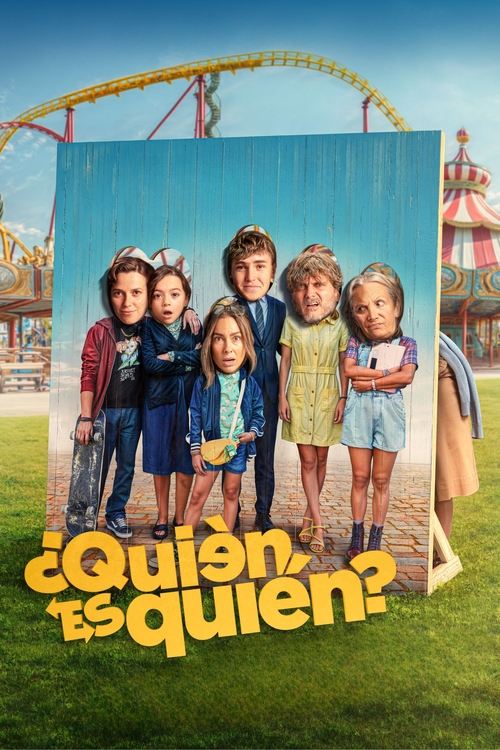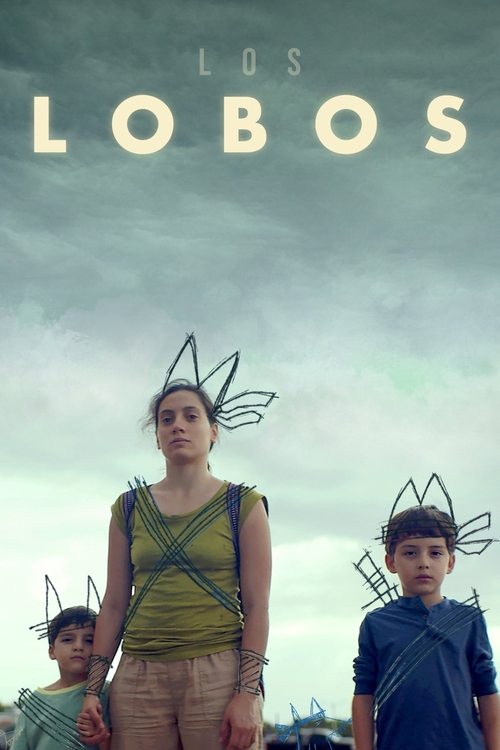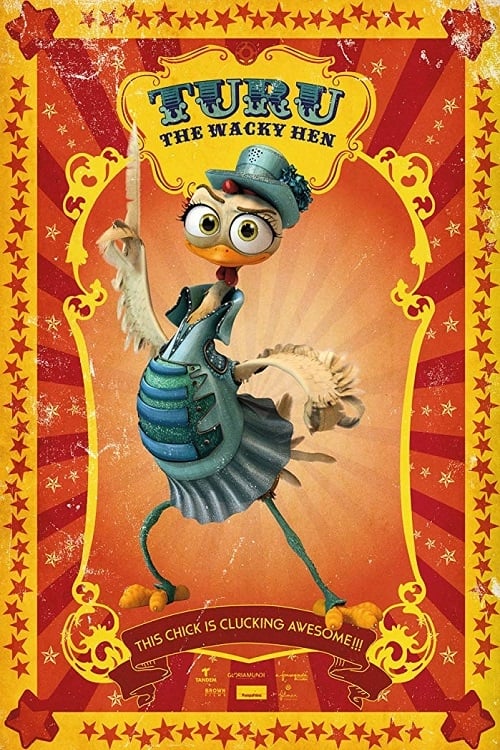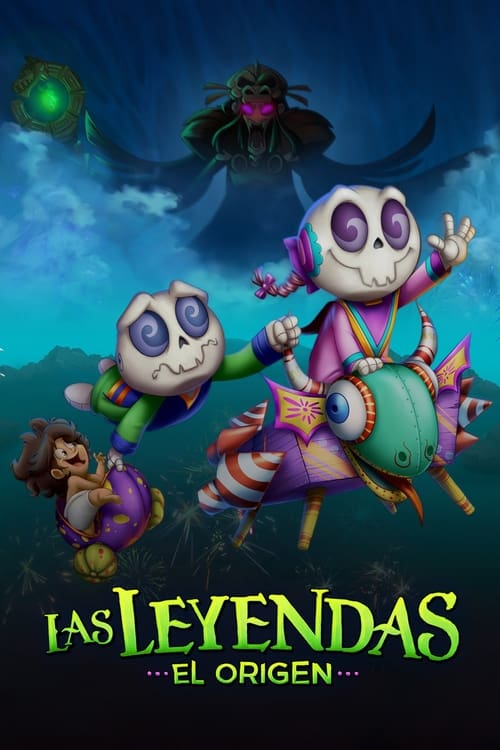
Ask Your Own Question
What is the plot?
The story of Ludwig & Johanna (2021) unfolds as a raw, intense exploration of two fiercely independent and wild souls locked in a brutal struggle for freedom and survival. The film opens in a remote, rugged landscape--a place where nature's harshness mirrors the inner turmoil of its protagonists. Ludwig, a sick and deaf musician, lives on the fringes of society, isolated by his disabilities and his fierce will to live on his own terms. Johanna, equally untamed and unyielding, is a woman driven by desperate maternal instinct and a fierce desire to protect her child.
From the outset, the tension between Ludwig and Johanna is palpable. The film wastes no time plunging into their conflict: a relentless fight over the custody and control of a child who becomes the symbolic and literal prize in their savage battle. The opening scenes show Ludwig in his small, cluttered cabin, surrounded by his musical instruments, struggling with his deafness and sickness. His world is silent but full of inner music and memories. Johanna arrives unexpectedly, her presence like a storm breaking through the fragile calm.
Their first confrontation is charged with raw emotion. Johanna accuses Ludwig of being unfit and dangerous, her voice trembling with both fear and anger. Ludwig, despite his physical weaknesses, stands his ground with a fierce glare, replying, "This child is my blood as much as yours. You won't take him from me." The scene is shot with close-ups that capture every flicker of pain, desperation, and defiance on their faces. The natural light filtering through the cabin's windows casts long shadows, emphasizing the darkness enveloping their lives.
As the story progresses, the film reveals the depth of Ludwig's sickness and deafness, which isolate him further but also sharpen his other senses and his resolve. Johanna's backstory emerges in fragments--her life marked by hardship and loss, her fierce love for the child the only thing keeping her tethered to hope. The child, a silent witness to the escalating violence, becomes a symbol of innocence caught in a brutal war.
The middle act intensifies the struggle. Ludwig and Johanna's encounters grow more violent and desperate. At one point, Ludwig attempts to flee with the child through a dense forest, the camera capturing the claustrophobic, suffocating atmosphere as branches scrape and tear at their clothes and skin. Johanna pursues them relentlessly, her determination unyielding. The tension builds to a harrowing confrontation at a riverbank, where Ludwig, weakened by his illness, collapses. Johanna reaches him, and in a moment charged with conflicting emotions--rage, sorrow, and love--she pulls the child away.
This moment marks a turning point. Ludwig, sensing his time is running out, reveals a secret: the child is not only his but also carries a legacy of freedom and defiance against the societal chains that have bound them both. "He is the future," Ludwig whispers hoarsely, "not a prisoner of our past." Johanna, shaken, begins to see Ludwig not just as an adversary but as a man broken by the world, fighting for the same freedom she craves.
The climax unfolds in a remote cabin where the final, brutal confrontation takes place. Ludwig, gravely ill and nearly deaf to the world, faces Johanna in a tense standoff. The air is thick with unspoken words and unresolved pain. Johanna, desperate and exhausted, lashes out physically. In the struggle, Ludwig is fatally wounded. His last words, barely audible, are a plea for peace: "Let him live free."
Ludwig dies in the cold light of dawn, his body a testament to the cost of their savage battle. Johanna, holding the child, is left alone, her face a mixture of grief, relief, and determination. She whispers to the child, "We will be free. Together." The film closes on this fragile hope, the wilderness around them both a prison and a sanctuary.
Every death in the film is a result of the escalating violence between Ludwig and Johanna, with Ludwig's death the final, tragic consequence of their conflict. There are no other deaths, but the emotional and psychological toll is profound, revealing the savage cost of freedom fought on the margins of society.
The film's visual style is stark and intimate, with close, handheld shots that immerse the viewer in the characters' raw emotions. The sound design contrasts Ludwig's deafness with the natural sounds of the wilderness, creating a haunting atmosphere that underscores the film's themes of isolation, survival, and the fierce struggle for autonomy.
In the end, Ludwig & Johanna is a brutal, unflinching portrait of two wild souls caught in a desperate fight for freedom, love, and survival, culminating in a tragic yet hopeful resolution where the child symbolizes the possibility of a new beginning beyond the savage past.
More Movies Like This
Browse All Movies →What is the ending?
In the ending of "Ludwig & Johanna," Ludwig van Beethoven, now an older man, faces the reality of his declining health and the challenges of his deafness. Johanna, who has been a steadfast companion and supporter, grapples with her own feelings of love and duty. The film concludes with a poignant moment of connection between them, highlighting their deep bond despite the struggles they face. Ultimately, Ludwig's legacy as a composer is solidified, while Johanna's role as his muse and confidante is recognized.
As the final act unfolds, the scene opens in Ludwig's dimly lit study, cluttered with sheets of music and unfinished compositions. The air is thick with tension as Ludwig, now in his fifties, sits at the piano, his fingers hovering over the keys. He is visibly frail, his face etched with lines of worry and frustration. The silence around him is deafening, a stark reminder of his profound hearing loss. He struggles to find the notes that once flowed effortlessly from his fingertips, his internal battle evident in the furrow of his brow and the clenching of his jaw.
Johanna enters the room, her presence a warm contrast to the coldness of Ludwig's isolation. She carries a tray with tea, her movements gentle and deliberate. As she sets it down, she watches him with a mixture of admiration and concern. "You must take a break, Ludwig," she urges softly, her voice a soothing balm against his turmoil. Ludwig, however, brushes off her concern, his frustration boiling over. "I cannot rest, Johanna! The music is still inside me, waiting to be born!" His eyes blaze with passion, but they also reveal a deep-seated fear of being forgotten, of leaving the world without having shared his genius.
The tension escalates as Johanna tries to reach him, to remind him of the beauty he has already created. She speaks of the impact his music has had on the world, recounting the joy it has brought to countless listeners. Ludwig's expression softens momentarily, but the shadows of doubt quickly return. "What is the worth of music if I cannot hear it?" he retorts, his voice cracking with emotion. Johanna steps closer, her hand resting on his shoulder, grounding him in the moment. "You may not hear it, but the world does. Your legacy will live on, Ludwig."
In a moment of vulnerability, Ludwig finally allows himself to express his fears. He confesses that he feels like a ghost, haunting the halls of his own life, unable to connect with the very essence of his being. Johanna, moved by his honesty, takes his hands in hers, her eyes glistening with unshed tears. "You are not a ghost; you are a creator. Your music transcends sound. It speaks to the heart." This exchange marks a turning point for Ludwig, as he begins to understand that his worth is not solely tied to his ability to hear but to the emotions he evokes through his art.
The scene shifts to a later moment, where Ludwig, inspired by Johanna's words, begins to compose again. The camera captures his hands moving across the piano keys, a sense of determination radiating from him. The music that emerges is hauntingly beautiful, a reflection of his struggles and triumphs. Johanna watches, her heart swelling with pride and love, as she realizes that Ludwig is reclaiming his voice, not just for himself but for the world.
As the film draws to a close, we see Ludwig performing in front of a captivated audience, the hall filled with the sound of his music. The camera pans to Johanna in the crowd, her face illuminated by the glow of the stage lights, tears streaming down her cheeks. She understands the significance of this moment--not just for Ludwig, but for herself as well. Their journey together has been one of resilience, love, and the unbreakable bond between artist and muse.
The final scene fades to black, leaving the audience with a lingering sense of hope and the enduring power of creativity. Ludwig's legacy as a composer is solidified, and Johanna's role as his unwavering supporter is celebrated. The film closes with the message that true connection and understanding can transcend even the greatest of challenges, echoing the themes of love, perseverance, and the transformative power of art.
Is there a post-credit scene?
In the movie "Ludwig & Johanna," there is no post-credit scene. The film concludes its narrative without any additional scenes after the credits roll, focusing instead on the emotional resolution of the characters' journeys throughout the story. The ending encapsulates the themes of love, loss, and the enduring impact of art, leaving the audience with a poignant sense of closure.
What is the relationship between Ludwig and Johanna in the film?
Ludwig and Johanna share a complex and deeply emotional relationship that evolves throughout the film. Initially, they are portrayed as two individuals from different worlds, with Ludwig being a passionate composer and Johanna being a strong-willed woman who challenges societal norms. Their bond deepens as they navigate personal struggles, artistic ambitions, and the constraints imposed by their families and society.
How does Ludwig's mental state affect his relationship with Johanna?
Ludwig's mental state is a significant aspect of the film, as he grapples with the pressures of his artistic genius and the expectations placed upon him. His bouts of depression and anxiety create tension in his relationship with Johanna, who strives to support him while also seeking her own independence. This dynamic leads to moments of intense emotional conflict, showcasing both the fragility and strength of their connection.
What role does Johanna's family play in the story?
Johanna's family plays a crucial role in shaping her character and her relationship with Ludwig. They represent the societal expectations and constraints that Johanna seeks to escape. Her family's disapproval of her relationship with Ludwig adds layers of conflict, as Johanna must choose between her love for Ludwig and her loyalty to her family, highlighting the struggles of women in a patriarchal society.
What are some key moments that highlight Ludwig's artistic struggles?
Key moments that highlight Ludwig's artistic struggles include scenes where he faces creative blocks, experiences intense self-doubt, and confronts the harsh criticism of his work. These moments are visually depicted through his frantic compositions, the chaotic environment of his studio, and his interactions with other musicians who either inspire or discourage him. These struggles are intertwined with his emotional turmoil, making his journey as an artist both poignant and relatable.
How does the film depict the theme of sacrifice in Ludwig and Johanna's relationship?
The theme of sacrifice is depicted through various pivotal scenes where both Ludwig and Johanna make difficult choices for each other. For instance, Johanna sacrifices her own aspirations to support Ludwig during his darkest times, while Ludwig grapples with the idea of sacrificing his artistic integrity for the sake of their relationship. These moments are charged with emotional weight, showcasing the depth of their love and the painful realities of their circumstances.
Is this family friendly?
"Ludwig & Johanna," produced in 2021, is a film that explores complex themes and emotional depths, which may not be suitable for all family audiences. Here are some potentially objectionable or upsetting aspects that could affect children or sensitive viewers:
-
Themes of Mental Health: The film delves into the struggles of mental health, particularly through the character of Ludwig, which may be distressing for some viewers.
-
Emotional Turmoil: There are scenes depicting intense emotional conflict and personal struggles, which could be heavy for younger audiences.
-
Loss and Grief: The narrative includes elements of loss that may evoke strong feelings of sadness or discomfort.
-
Romantic Tension: The film explores complex romantic relationships that may include mature themes, which might not be appropriate for younger viewers.
-
Historical Context: The backdrop of the film involves historical elements that may include references to societal issues that could be challenging for children to understand.
These aspects contribute to the film's emotional weight and may require parental discretion when considering it for younger audiences.

